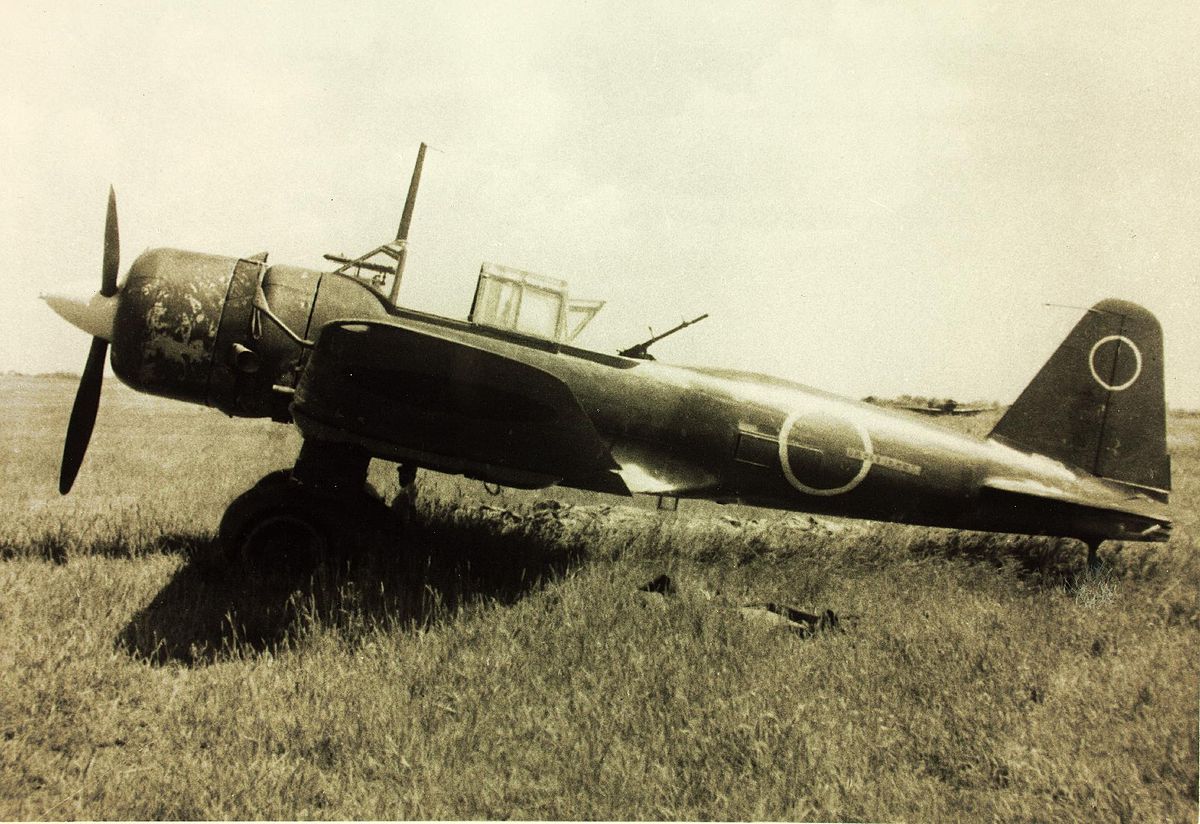18 December 1941. Alor Star, Malaya
South of the River Kedar the 6th Brigade had been doing their best to hold up the Japanese advance, using the river to anchor their positions. The 2nd Bn, East Surrey Regiment had the role of rear-guard, as the Brigade withdrew through 15th Brigade at the next line of defence. As usual the withdrawal had discovered a roadblock set up by Japanese troops who had infiltrated around the edges of the battle. It was now so familiar a tactic, that the first unit to pull out always had one of the tanks to upend the Japanese force, and once the soldiers had been cleared, the infantry pushed the roadblock materials out of the way to prevent the tank throwing a track or being disabled if the Japanese had used landmines or explosives as part of their roadblock. Two Matilda IIs had been lost in this way, and they couldn’t afford to lose any more.
11th Indian Division now had two Squadrons of Matilda II tanks, the second squadron coming from the Australians who had their own M3 Stuart tanks. With thirty-two working Infantry Tanks, each brigade now had the resources to make sure the roads would stay open.
The East Surrey’s waited for the barrage from 155th Lanarkshire Yeomanry Field Regiment’s 4.5-inch guns that would cover their retreat. Unfortunately for the East Surrey’s, Japanese aircraft hit the gunners’ positions just when that timed barrage was due. Communications between the East Surrey’s Battalion HQ and the Brigade had been cut, and so the delay to the barrage wasn’t communicated to Lieutenant Colonel George Swinton. The plan had been when the barrage started that all units that had them would use smoke bombs to cover them as they pulled out. As time passed and the barrage didn’t happen, Swinton realised that something must have gone wrong, and gave orders for the smoke screen and for the Battalion to move by Companies down the road towards Gurun.
The problem with that order was that three of the Companies were in close proximity to the enemy, and neither B or D Companies received the order. As sections and platoons were being overrun, the Lieutenants and Captains began to try to save their men, but then fighting broke out where the Battalion Transport and RIASC lorries were waiting to carry the men. A large party of Japanese troops had managed to bypass the defenders and get in among the Motor Transport. Between the Carrier Platoon and the tank waiting to lead the Battalion south, along with the drivers fighting for their lives, the Japanese force was pushed back, but nearly all the lorries were either destroyed or damaged. As the East Surrey units arrived, it was clear that they would have to march to the next position. The tank radio was able to get through to the other tank with the rest of the Brigade and informed them of the situation.
The Japanese were harrying the British soldiers all the way, the wounded often having to be left by their mates, with the terrible expectation that they find no mercy from the Japanese. Some wounded men were loaded into the universal carriers of the Carrier platoon, and even on the back of the Matilda II tank. This became a death trap for them, as once again any Japanese soldier in range would shoot at the tank as it reversed up the road trying to cover the infantry as much as possible. Men of the 1st Bn 8th Punjab Regiment advanced up the road they had just recently retreated along, to try to support the East Surreys. Since the Motor Transport Company could only lift one Battalion at a time, and it had been destroyed, as many of the Battalion transport vehicles of the 15th Brigade that could be sent forward to hasten the retreat of the East Surreys arrived at the Punjab’s positions and carried the men back to their own lines.
By the time the survivors got back to friendly lines, sixteen officers, including the Battalion CO, and 169 NCOs and Other Ranks were missing, believed Killed In Action. When the rest of the Brigade had pulled out, Lt Col Swinton had sent much of the HQ and admin troops back, so that the four rifle companies, with the mortar and carrier platoons were all that had to use the RIASC Company. The plan had always been that this would be the last action for the Brigade, which would retire and regroup around Ipoh. When they reached there and were joined by the 1st Battalion, Leicestershire Regiment from 15th Brigade, which had also suffered many casualties in the following days, the two Battalions were merged and became known as the British Battalion.
